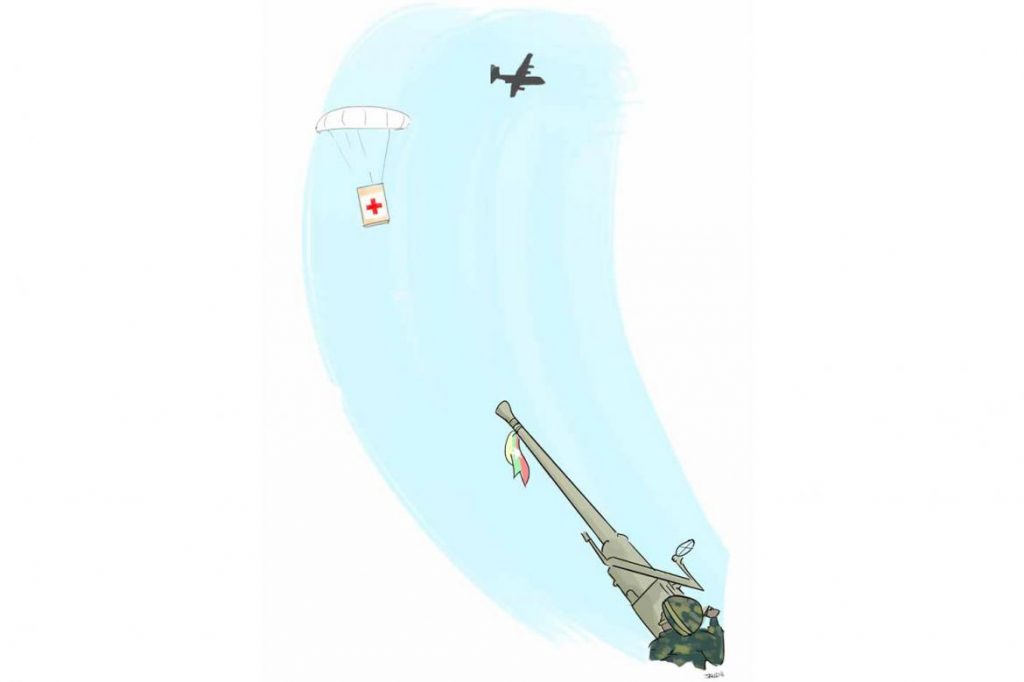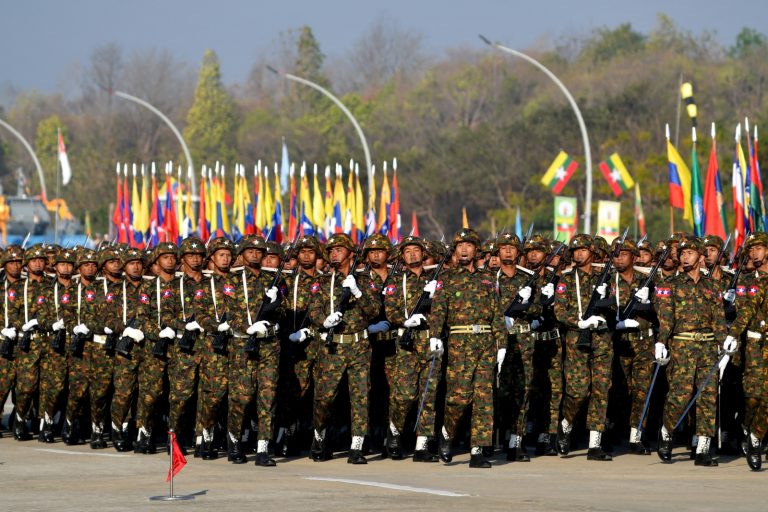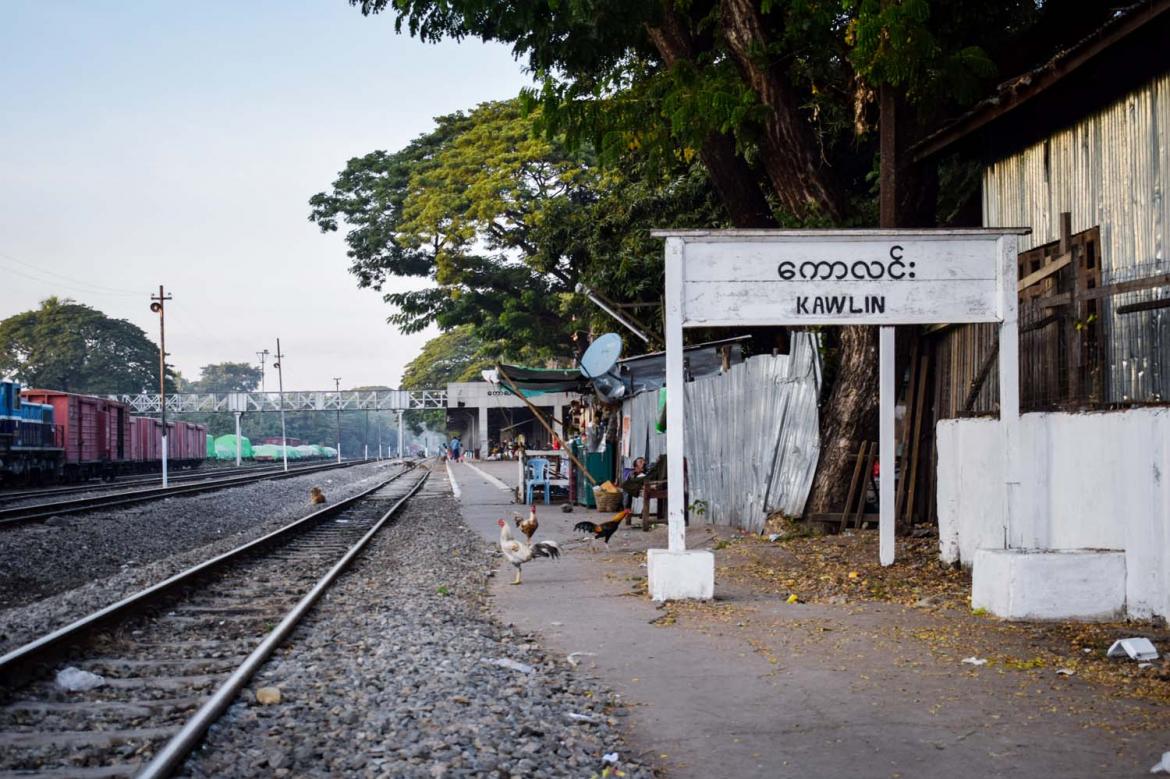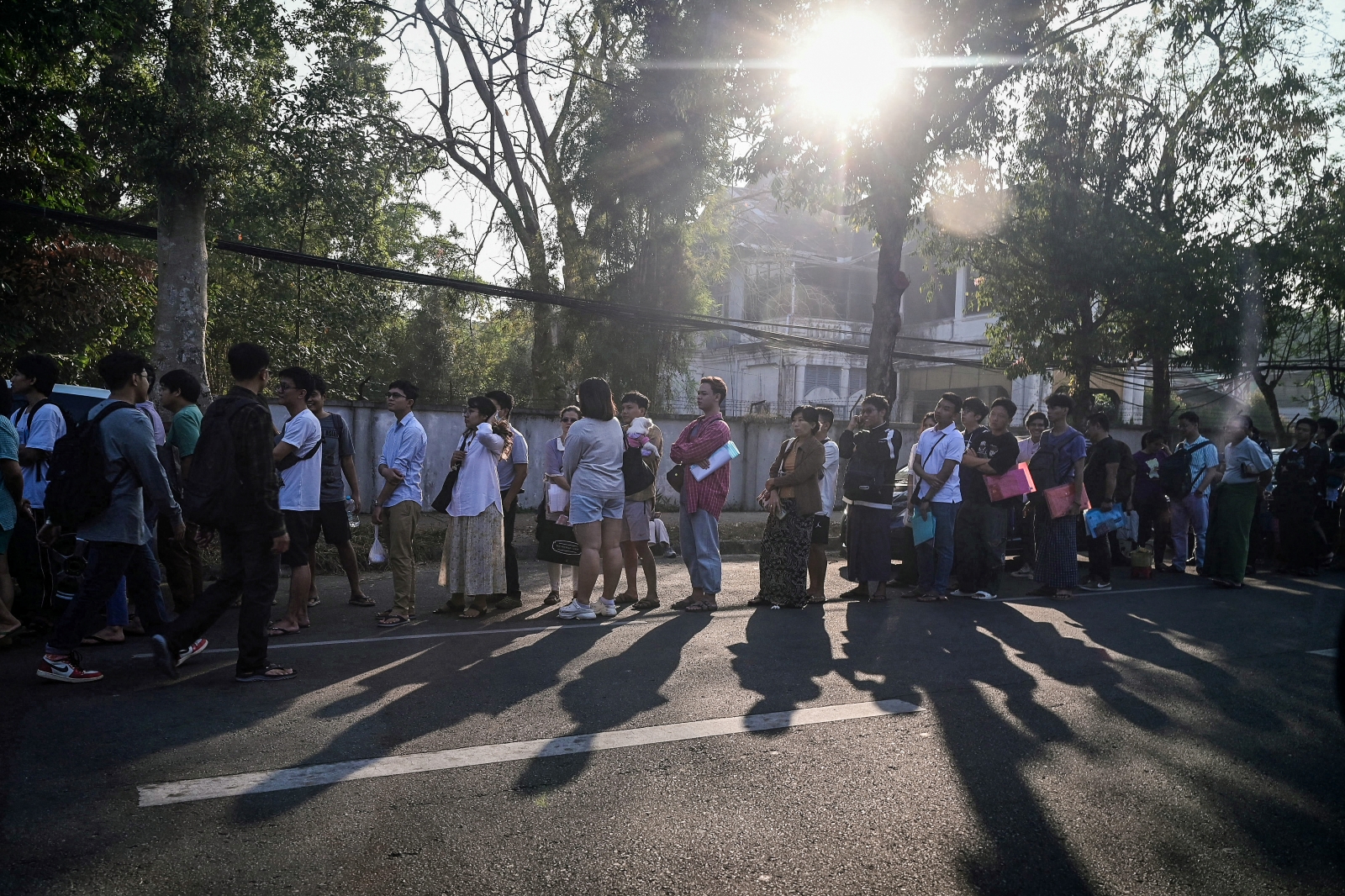With the next peace conference in jeopardy, it is time for the government to fundamentally change its approach to the peace process.
ON THE first day of 2017, State Counsellor Daw Aung San Suu Kyi opened the National Reconciliation and Peace Centre in Nay Pyi Taw. The day was chosen to highlight that peace would remain the government’s top priority during 2017.
In her opening speech, Aung San Suu Kyi reportedly expressed her “commitment to achieving lasting peace for the country this year”. She also spoke of putting the country “on the right path to the goal of peace”.
For those displaced by the Kachin conflict, particularly in areas outside government control, these words will have rung very hollow indeed. Over the past year, their already difficult lives have got much harder as a result of government and military actions.
In April, the government introduced a new policy blocking international aid to areas controlled by ethnic armed groups, cutting support to about 50,000 people. It’s hard to see the government’s proposal to instead require IDPs to cross conflict zones to collect aid from state-controlled areas as anything other than a bad joke.
United Nations agencies that have protested this travesty should be applauded for standing up to the government. It is a cruel policy seemingly aimed at punishing victims in order to get the KIO back to the negotiating table on the government’s terms.
Support more independent journalism like this. Sign up to be a Frontier member.
In recent months, the government also remained silent as the Tatmadaw pummelled Kachin Independence Army positions barely a dozen kilometres from where thousands had sought sanctuary. The fall of these positions in mid-to-late December unsurprisingly prompted many of the IDPs to flee.
Is this really what the “right path” to peace looks like? The simple answer is no.
Sure, the KIA and other ethnic armed groups are not blameless. There may be some merit to the government’s accusation that they are siphoning off aid designed for IDPs, for example.
But seven decades of broken promises mean the onus is on the government to build trust. Making life harder for the innocent victims, for people who have been forced to put their lives on hold for years because of conflict, is not going to further that aim.
The Tatmadaw offensives also raise serious questions about its commitment to the peace process. The seizure of Gidon and Lai Hpawng is aimed at inching closer to Laiza and potentially splitting KIO-controlled territory into two.
This is not a defensive manoeuvre aimed at protecting civilians or halting KIA ambushes. It seems instead to be an attempt to weaken the KIO’s resolve and force it to sign the nationwide ceasefire.
As a negotiating tactic, this is unlikely to work. The KIA has decades of experience in this type of warfare. If anything, it will only strengthen the group’s resolve.
It also knows the Tatmadaw has been stretched by fighting across northern Myanmar and security operations in northern Rakhine State. The seizure of the Gidon and Lai Hpawng posts came at great cost to government forces. Sustaining further losses of that magnitude will be risky.
Aung San Suu Kyi surely knows this is not the way forward. The current strategy prompted the November 20 northern Shan State offensive, which led to further destruction and loss of life. Her plans for the second 21st Century Panglong – Union Peace Conference – scheduled for next month – are now in serious jeopardy.
In a way, her New Year’s Day speech made a salient point. It is time to put Myanmar on the right path to peace. That means jettisoning the tactics of the past – including those seen in 2016 – for a new approach that builds genuine trust with the country’s ethnic armed groups.
This editorial originally appeared in the January 12 edition of Frontier.







